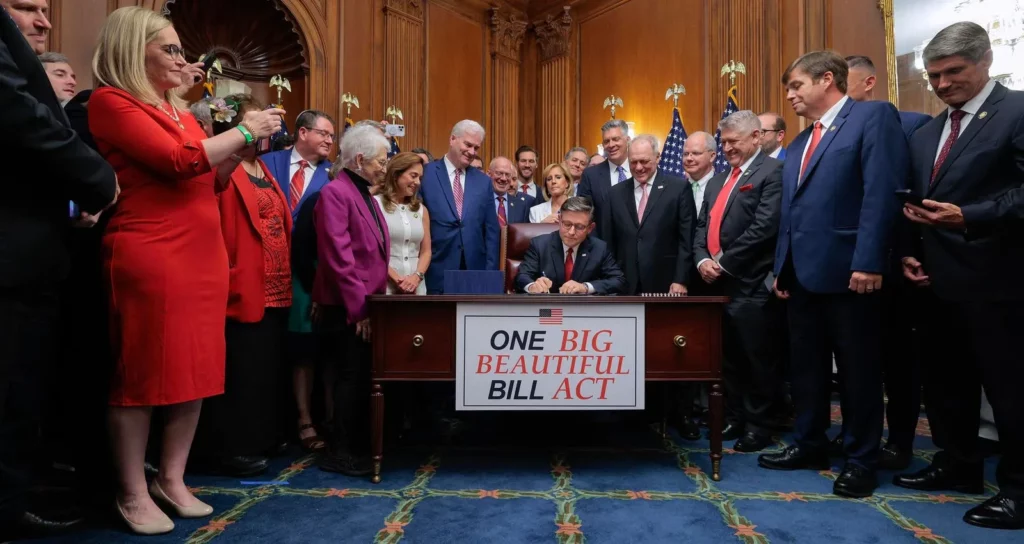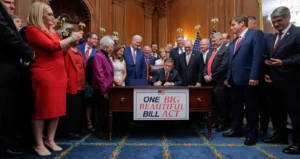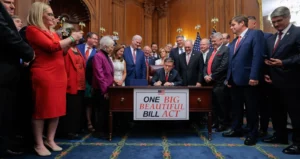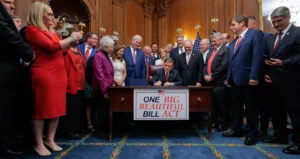
The One Big Beautiful Bill and the Case for Structural Reform in Healthcare Delivery
The passage of the so-called “One Big Beautiful Bill” has triggered intense debate among policymakers, healthcare providers, and advocates. While critics warn of devastating Medicaid cuts and an influx of uninsured patients flooding emergency rooms, a more profound question remains unanswered: what kind of healthcare system are we sustaining, and should we continue to sustain it? The One Big Beautiful Bill represents not just a political pivot but a structural reckoning.
Instead of panicking over budget cuts, policymakers and industry leaders must confront the business model flaws that continue to undermine access, quality, and sustainability. Despite the dramatic rhetoric – 8-hour house floor speeches and dire headlines – the bill essentially signals a broad attempt to reorient federal safety-net programs, particularly Medicaid, toward something more limited in scope.
Several key provisions of the bill, including work requirements, eligibility redeterminations every six months, and reductions in state-directed payments, all point toward a central tension: who should be covered, and under what circumstances? As I noted in a recent column, Medicaid was never designed to be a universal coverage program. It was intended as a limited safety net. Over time, its scope has ballooned without corresponding improvements in efficiency or outcomes.
The bill’s changes – while abrupt – are an attempt to recalibrate. Whether one agrees with the approach or not, it reflects growing unease with the assumption that more money and more enrollees necessarily equal better care.
Source: www.forbes.com


